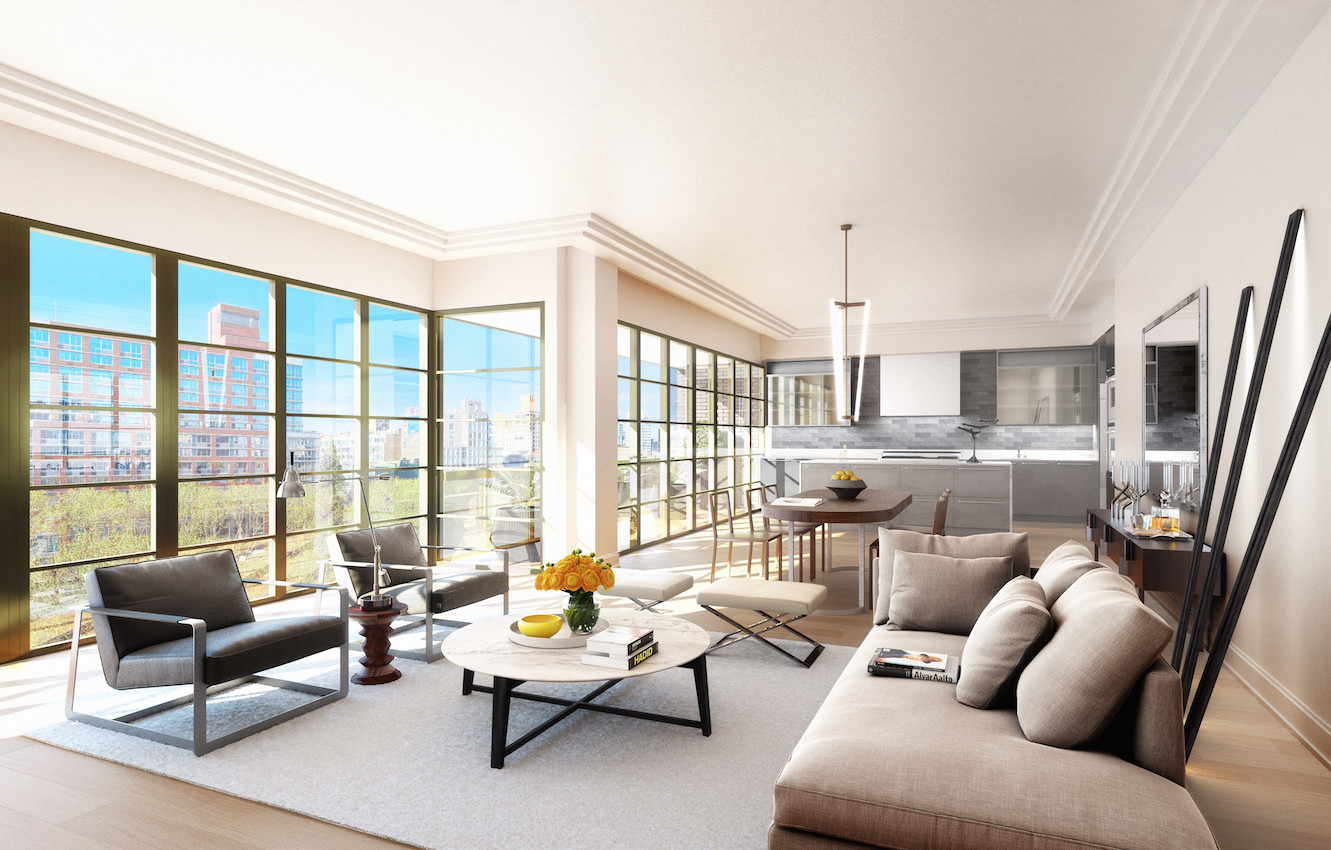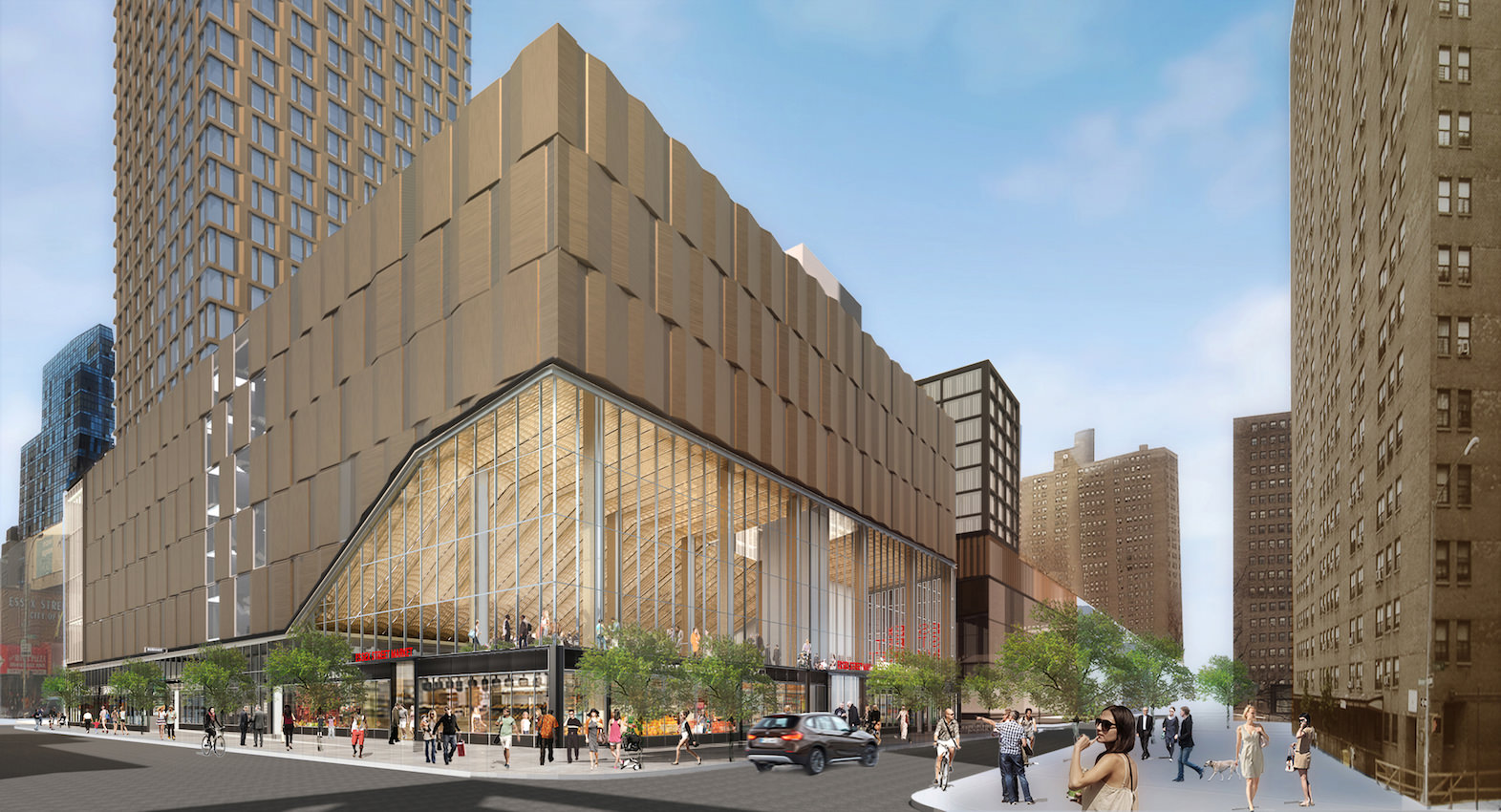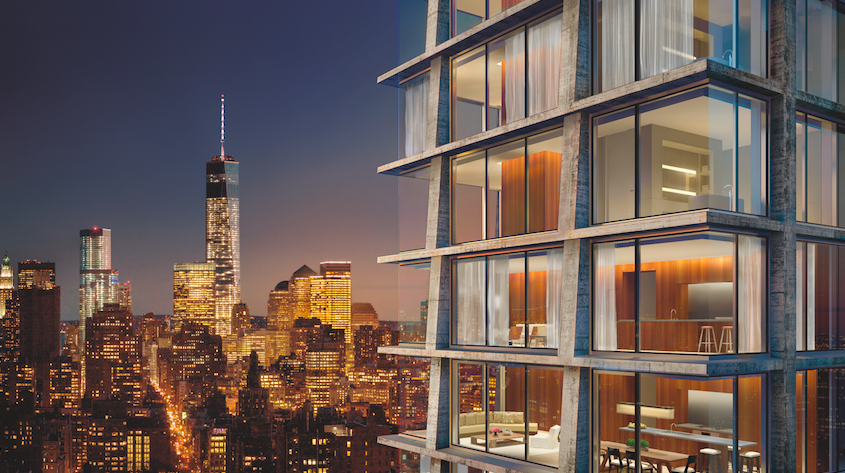New York seems to be a picturesque example of arts-led economics, where the strategic location choices of artists and galleries are viewed as viable markers of future gentrification. The commonplace examples of this potent telling force (or at least their illustrative role in larger migration patterns) were in seventies SoHo and nineties Chelsea. Given currently skyrocketing Chelsea rents that are making the area only favorable to the established blue-chip galleries that own their spaces (such as, Gagosian and Gladstone), the art world has been on the watch for tactical gallery moves, pondering where the majority of the sector is heading. Many factors seem to be pointing toward the Lower East Side.
To the obvious question “Why the Lower East Side?” the expected answer would be lower rents, but according to real estate broker Susan B. Anthony, a ground-floor space neighboring the Bowery costs $100 to $140 per square foot; as much as Chelsea, and even more if closer to the New Museum. Chinatown is not massively cheaper either on the ground floor, but finding a space at $50 to $60 per square foot is still possible on an upper floor, and it would likely offer high ceilings. But overall, rent is not the pivotal draw.

Rendering of 204 Forsyth Street
Other possible answers have suggested the attractive restlessness of the area. “Their clientele [the galleries] want to buy something in an environment that is edgy and fun. It’s not fun for a guy that lives on Fifty-Seventh and Fifth to walk down Madison and Sixty-Second to buy a painting. He wants to go with the art adviser to a gritty neighborhood,” said real estate developer Aby Rosen. Yet, if that is the major reason, why choose the epitome of the crammed immigrant residential area and not settle instead for Brooklyn’s larger industrial spaces?
There has been much talk about the alleged pull of Brooklyn, but according to Crain’s latest data, the number of galleries there is down. The data would suggest that the L train remains an insurmountable obstacle to Manhattanite gallerists. With only three new spaces opening in the borough this year, Brooklyn accounts only for 3.6 percent of New York’s overall art gallery population.

Rendering of Essex Crossing by SHoP Architects
In contrast, there are presently about 224 galleries in the Lower East Side’s neighborhood against 69 in 2007. The pull of the neighborhood seems to lie not in what it currently is, but, rather, in what it is designed to become. In parallel to numerous galleries hastily investing in the area, the LES will inherit numerous ambitious real estate projects, such as the public Essex Crossing and the private renovations of 215 Chrystie Street, 100 Norfolk Street, 179 Ludlow Street, 204 Forsyth Street, and three new developments on Attorney Street. The Essex Crossing project, with its planned cinema multiplex, rooftop farms, and the new Essex Street Market, almost hint at a new eastern Chelsea.
Jenny Schuetz has published a research showing new evidence that in New York City galleries choose high-amenity, affluent neighborhoods with, notably, a higher propensity to redevelop. The research also concludes that galleries tend to follow existing star galleries. Given this, the recent moves of Derek Eller on Broome Street, Andrew Edlin on the Bowery, and Gavin Brown and Zach Feuer complementing their flagship locations with auxiliaries on Grand Street, the Lower East Side checks comfortably all of Schuetz’s factors, and helps explain why the Lower East Side may potentially become the next Chelsea.

Rendering of 215 Chrystie Street








